Congratulations, mama! Those precious first few days in the hospital with your newborn are magical – and they're also crucial for establishing a successful breastfeeding journey. Getting the best start right in the hospital during your baby's first few days of life is key to long-term breastfeeding success. Whether you're a first-time parent or adding to your growing family, these hospital breastfeeding tips will help you and your little one bond naturally while setting up healthy feeding patterns that last. And remember, having the right feeding support tools like our Buubi Bottle Max can complement your breastfeeding journey perfectly.
Before You Even Arrive: Setting the Stage for Success
Your breastfeeding journey starts before you even pack your hospital bag. Talk to your healthcare providers during your pregnancy so they're aware of your wishes. When you arrive at the hospital, make sure to communicate with your labor nurse about your breastfeeding goals – she'll be your biggest ally in making sure everything goes smoothly when your baby arrives.
Step 1: Ask for Immediate Skin-to-Skin Contact
The moment your baby is born is pure magic, and it's also the perfect time to start breastfeeding naturally. Here's what to request:
Ask that your baby be put on your tummy right after delivery. This isn't just for bonding (though that's wonderful too!) – it actually helps kickstart your breastfeeding relationship.
Hold your baby skin-to-skin and watch something amazing happen: your little one will actually crawl up to your breast for that first feeding! This incredible instinct can happen anywhere from 10 to 40 minutes after birth, so don't worry if it takes a little time.
Keep your baby skin-to-skin until that first feeding happens. Request to delay routine procedures like eye treatment, first weight check, and newborn injections until after your baby has had their first breastfeeding session.
Had a cesarean section? No worries! Your partner can hold your baby skin-to-skin until you're able to start breastfeeding. Some hospitals even allow skin-to-skin contact right after cesarean delivery – just ask your medical team.
Step 2: Room-In Together
Keeping your baby with you at all times (called "rooming-in") is one of the best things you can do for breastfeeding success. Here's why it matters:
Your baby simply can't breastfeed effectively from the hospital nursery. When your little one is right there with you, you can respond easily and quickly every time you see those important feeding cues.
During transfers from the delivery area to your maternity room, hold your baby skin-to-skin and cover you both with blankets for comfort and warmth.
Feeding Frequency and Cues
Plan to feed your baby at least 8 times every 24 hours, following your baby's lead. But how do you know when your baby is hungry? Look for these feeding cues:
- Early signs: Baby waking up or becoming agitated
- Clear signals: Rooting (turning their head and opening their mouth)
- Active cues: Licking, smacking, or mouthing movements
- Getting serious: Sucking on fingers or fists
- Last resort: Crying (don't wait for this!)
Remember, crying is actually the last feeding cue – by then, your baby might be too upset to latch easily. Catching those earlier signs makes feeding time much smoother for both of you.
Continue holding your baby skin-to-skin before feedings, after feedings, and whenever your little one seems upset. This magical contact helps with bonding, temperature regulation, and breastfeeding success.
Step 3: Avoid Unnecessary Supplementation
That first feeding right after birth is so important because it ensures your baby gets a substantial feeding right away. After that, continue offering the breast frequently to establish your milk supply and help your baby learn to nurse effectively.
Getting Help When You Need It
Feeling unsure about whether your baby is breastfeeding properly? Don't hesitate to ask for help! Your nurse can offer valuable tips and guidance. If you need additional support, request to see the hospital's Lactation Consultant – they're specially trained to help with any breastfeeding challenges.
Your Hospital Breastfeeding Success Checklist
- Communicate your breastfeeding wishes to your healthcare team
- Request immediate skin-to-skin contact after delivery
- Keep baby with you at all times (room-in)
- Watch for early feeding cues
- Feed at least 8 times per day on demand
- Ask for help when needed
- Delay routine procedures until after first feeding
Remember, every breastfeeding journey is unique, and those first few days are just the beginning of your beautiful feeding relationship with your baby. Be patient with yourself and your little one as you both learn together. With the right support, preparation, and mindset, you're setting the foundation for a successful breastfeeding experience that will benefit both you and your baby for months to come.
The information provided is intended for general educational purposes only and should not replace professional medical advice. Always consult with your healthcare provider regarding any questions about your or your infant's medical condition.
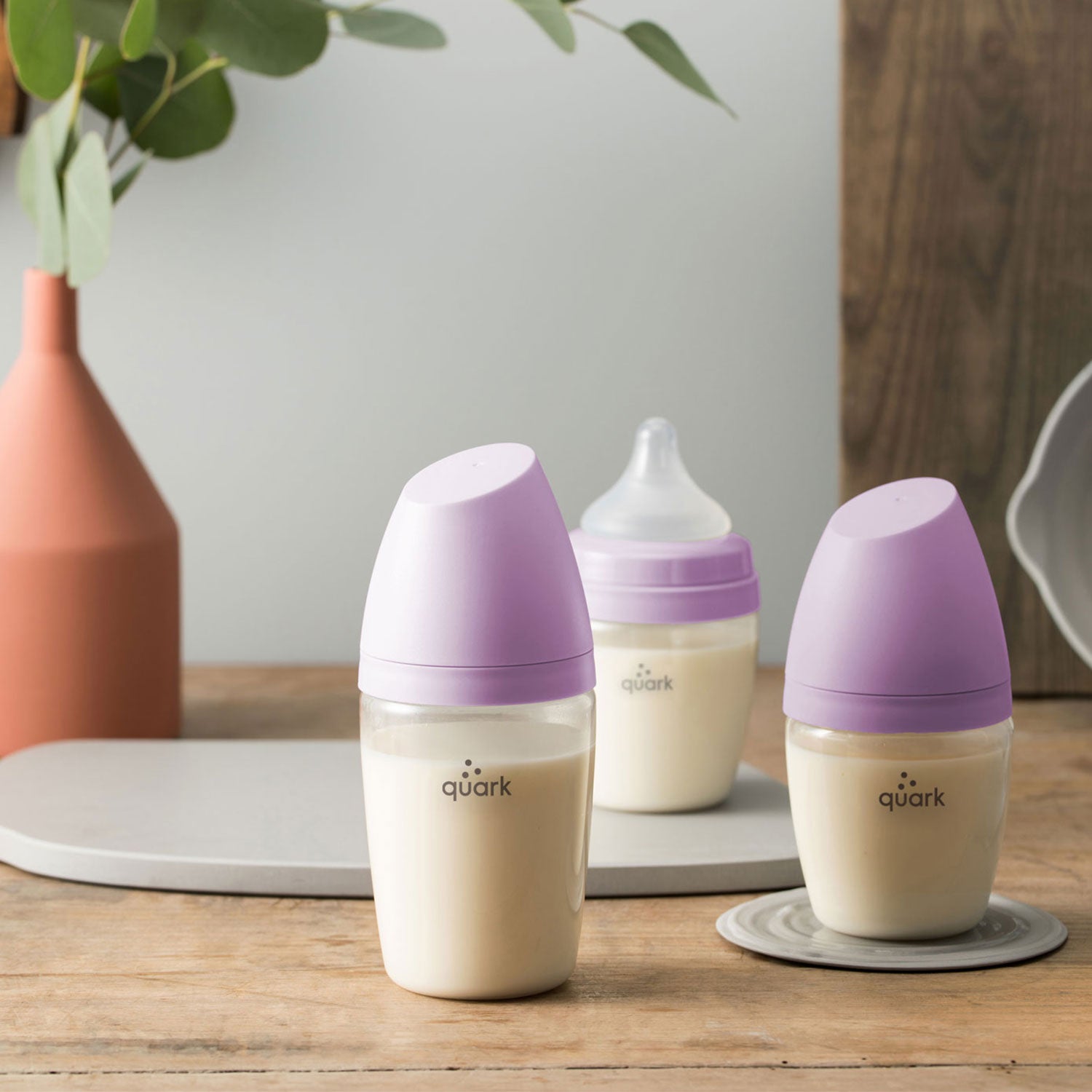




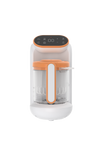
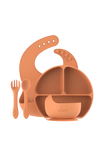
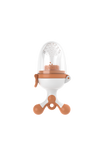

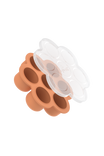
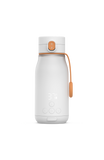
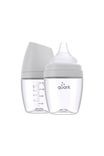

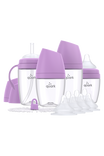

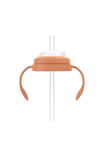
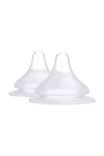
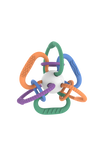

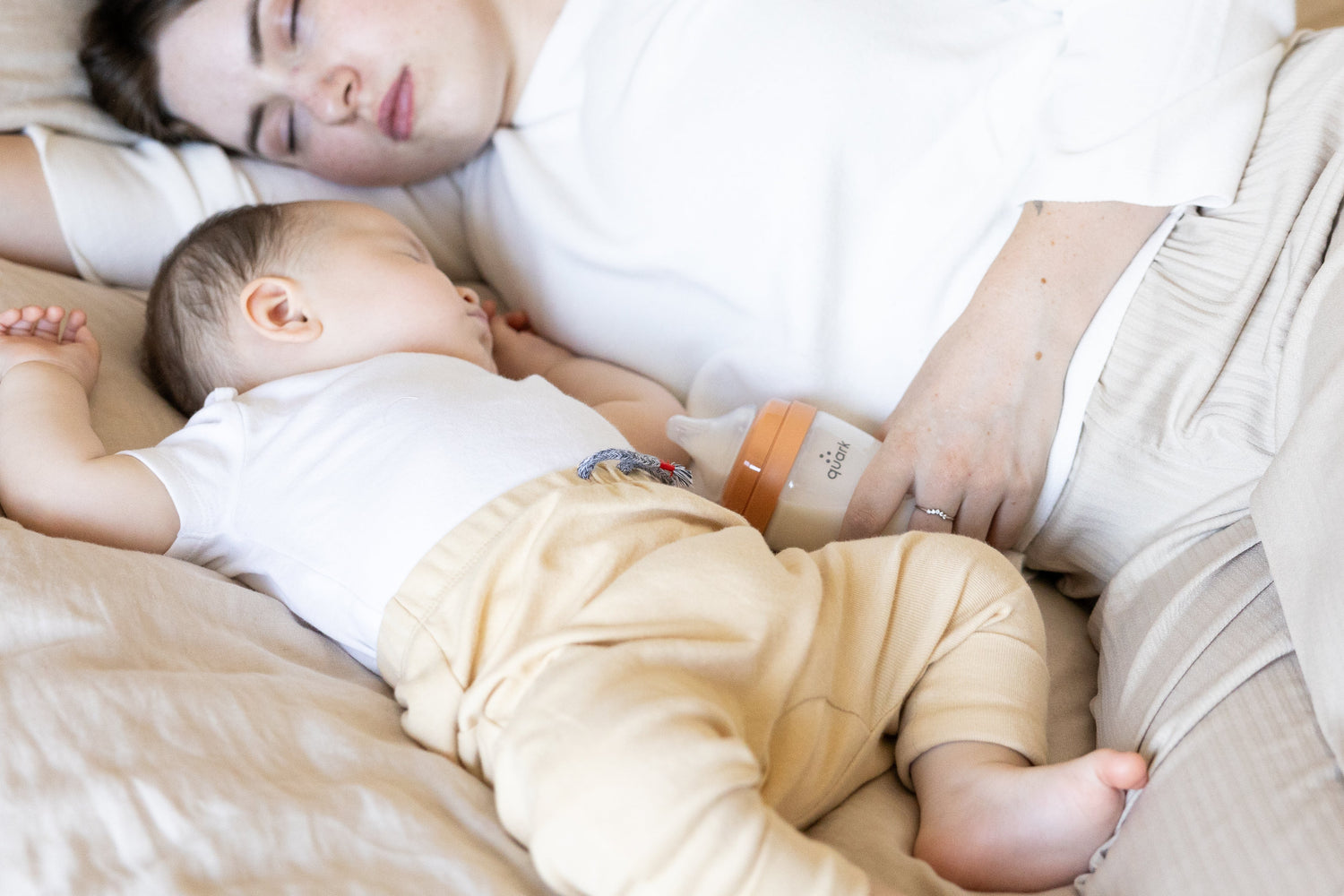
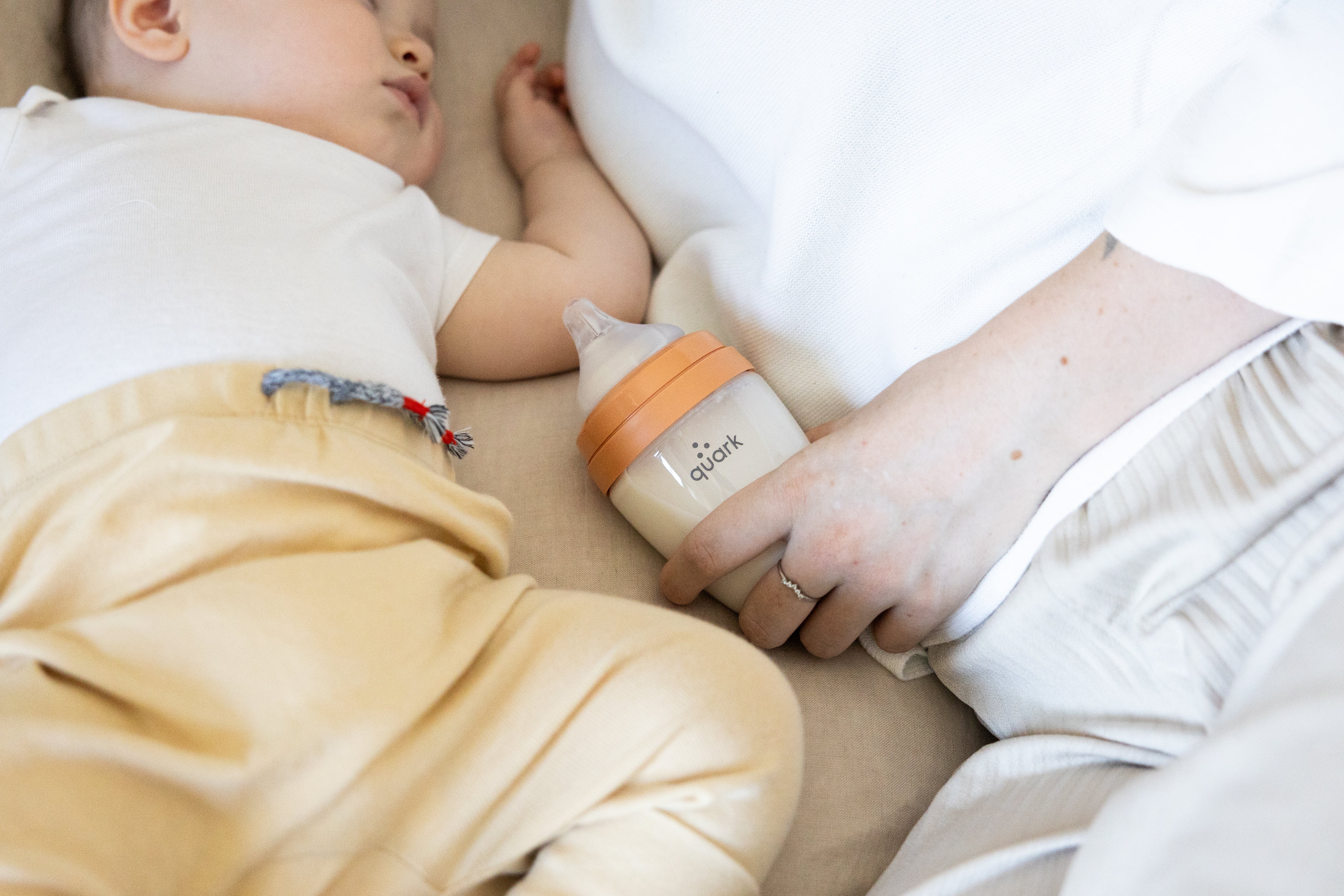
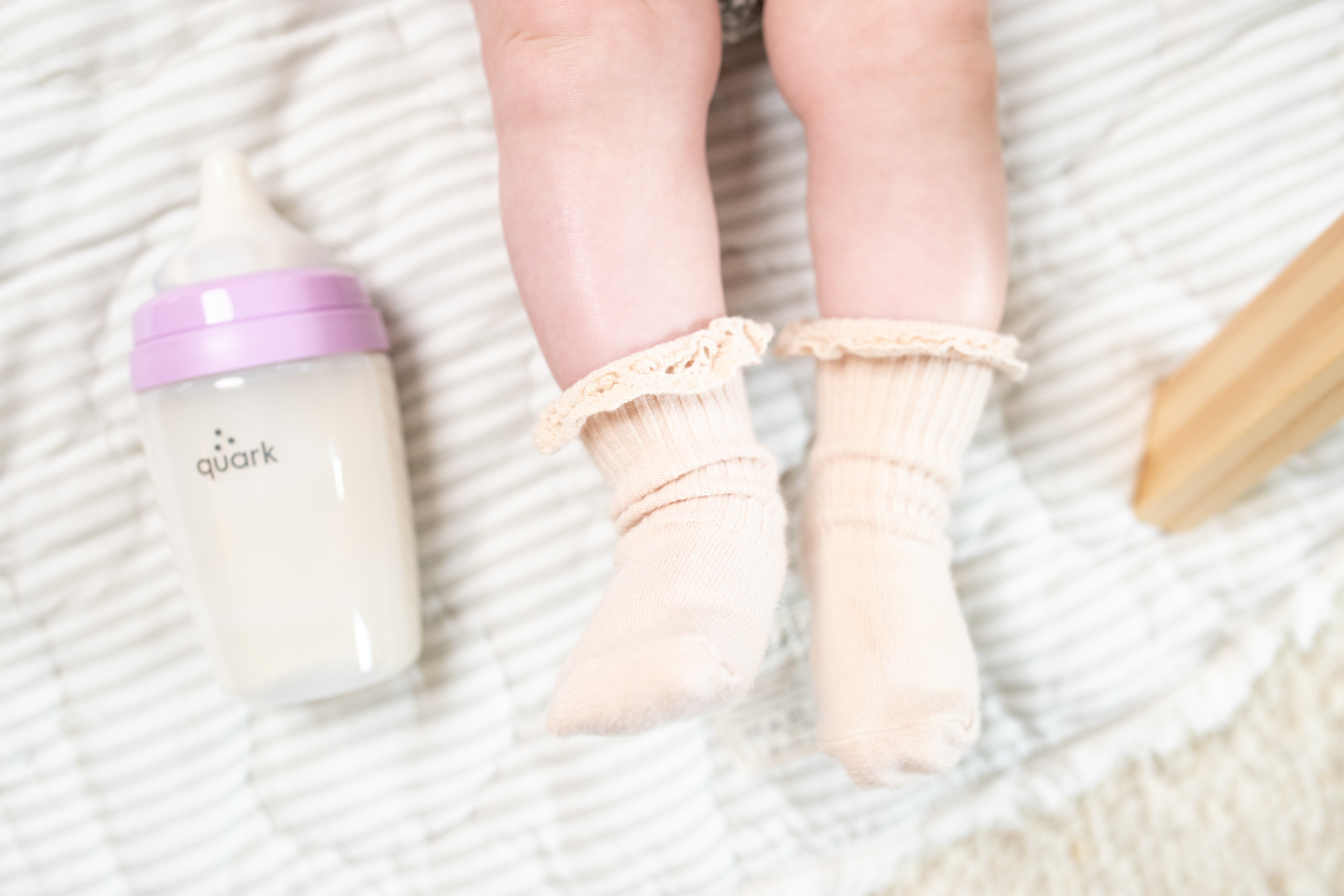
Leave a comment
All comments are moderated before being published.
This site is protected by hCaptcha and the hCaptcha Privacy Policy and Terms of Service apply.